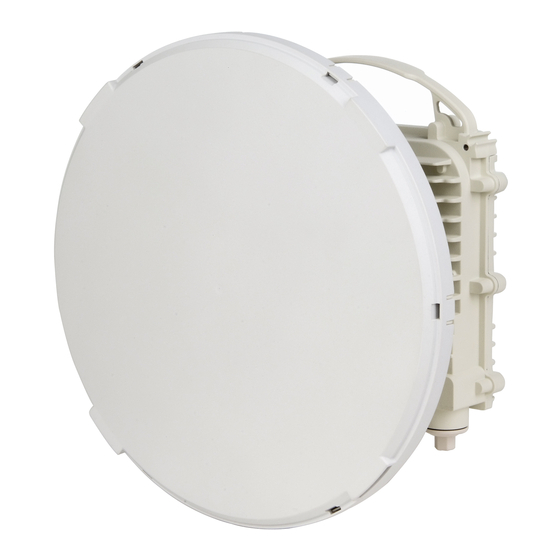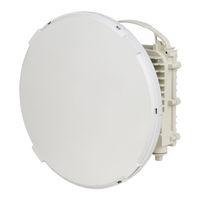
Siklu EtherHaul 1200 Manuals
Manuals and User Guides for Siklu EtherHaul 1200. We have 3 Siklu EtherHaul 1200 manuals available for free PDF download: Installation And User Manual, Installation And User Manu, Quick Setup Manual
Siklu EtherHaul 1200 Installation And User Manual (252 pages)
Gigabit Ethernet Wireless Solution
Table of Contents
-
-
-
-
-
-
-
-
Synce Overview117
-
CFM Overview98
-
-
Synce Alarms124
-
ERP Timers131
-
-
-
-
-
-
Configuring NTP161
-
Dhcp166
-
Managing SNMP168
-
SNMP Managers168
-
-
Adding Scripts159
-
Running Scripts159
-
-
-
Invoking the CLI182
-
-
-
Radio Statistics212
-
-
-
Advertisement
Siklu EtherHaul 1200 Installation And User Manu (234 pages)
Gigabit Ethernet Wireless Solution
Brand: Siklu
|
Category: Network Router
|
Size: 6 MB
Table of Contents
-
-
-
-
-
-
-
-
-
CFM Overview87
-
Synce Overview106
-
Synce Alarms113
-
ERP Timers117
-
-
-
-
-
-
-
SFS Examples144
-
Adding Scripts145
-
Running Scripts145
-
-
Managing SNMP150
-
SNMP Managers150
-
-
Configuring NTP147
-
-
Invoking the CLI164
-
-
-
Radio Statistics194
-
-
-
Advertisement
Advertisement


